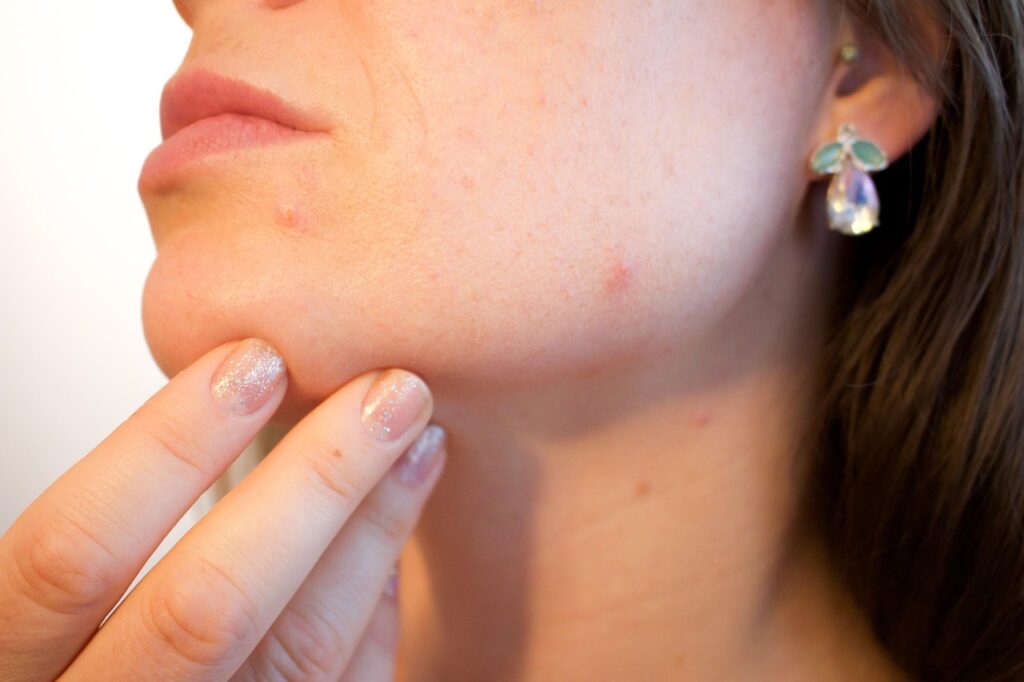Understanding Acne by Type

Acne isn’t one size fits all. Knowing what kind you’re dealing with matters because the treatment that calms a whitehead won’t touch a deep, painful cyst.
First, there’s comedonal acne. This is your garden variety blackheads and whiteheads. It’s usually caused by clogged pores and doesn’t involve a ton of redness or swelling. It responds well to topical treatments that exfoliate or target oil control.
Next up: inflammatory acne. This is when things get red and irritated pimples (papules) and those pus filled ones (pustules). Here, there’s often a mix of blocked pores and bacteria, so treatments have to do more than just clean things out. You need ingredients that calm inflammation and fight bacteria too.
Last comes the heavyweight: cystic and nodular acne. These form deep under the skin and can stick around for weeks. They’re painful, can cause scarring, and usually need more aggressive treatments oral meds, injections, or both.
Bottom line: what works for one type can miss the mark entirely for another. Dermatologists tailor plans based on severity, breakout type, and how skin behaves over time. It’s strategy over guesswork.
Oral Medications for Moderate to Severe Acne
When acne levels up from annoying to aggressive, topical treatments alone often don’t cut it. That’s where oral medications step in targeting the deeper, system wide causes of breakouts.
Antibiotics like doxycycline or minocycline are often the first line. They help by cutting down inflammation and the bacteria that drive it. But derms don’t hand them out forever long term use can lead to resistance, so they’re usually part of a short, targeted plan.
For hormonal acne especially the deep, cyclical breakouts around the chin and jaw hormonal therapy can be a game changer. Options like birth control pills or spironolactone help even out hormone fluctuations that trigger oil overproduction. These aren’t overnight fixes, but for some, they’re the missing piece in a stubborn puzzle.
Then there’s isotretinoin, formerly known as Accutane. It’s intense. It rewires how your skin produces oil and is typically used for cystic acne that laughs in the face of everything else. Regular blood work and dermatology check ins are a must, but for the right candidate, it can lead to lasting remission.
Whichever route is taken, side effect management and consistent follow up matter. This isn’t set it and forget it medicine it’s a strategy that evolves with your skin.
Personalized Treatment Plans
When it comes to acne, a one size fits all routine rarely works. Dermatologists assess several factors before determining the most effective course of treatment. Acne isn’t just about clogged pores it’s influenced by internal and external variables that can vary drastically from person to person.
Key Influencing Factors
To build a successful skincare strategy, dermatologists take into account:
Skin type (e.g., oily, dry, combination, sensitive)
Lifestyle habits like diet, stress levels, and sleep hygiene
Medical history, including hormonal fluctuations, chronic health conditions, and family background
Combining Treatments for Better Outcomes
Rather than relying on a single solution, dermatologists often blend different treatment categories to maximize results:
Topical treatments (e.g., retinoids or benzoyl peroxide) to manage surface level concerns
Oral medications (e.g., antibiotics or hormonal therapy) to tackle deeper inflammation or systemic causes
In some cases, procedures like cortisone injections or light therapy are layered in for faster relief
This combination approach is not just about treating visible acne it’s about treating the root causes while minimizing side effects and preventing long term scarring.
Adjusting Over Time
Acne can evolve with age, hormonal shifts, or environmental changes. Dermatologists regularly evaluate how the skin is responding and adjust:
Dosages of oral treatments
Strength and type of topical medications
Frequency of in office procedures
These ongoing adjustments help keep skin clear while supporting overall skin health.
For more insight into managing oily skin alongside acne, check out this expert backed article: A Dermatologist’s Guide to Managing Oily Skin
Staying Ahead in 2026
As skincare science and technology advance, dermatologists are incorporating cutting edge tools and ingredients into their treatment plans. The goal? More personalized results with less trial and error and a better understanding of each patient’s unique skin.
Emerging Ingredients: Supporting the Skin Microbiome
A new wave of ingredients is gaining attention for their ability to work with, not against, the skin’s natural ecosystem:
Topical probiotics: Help balance good bacteria on the skin’s surface, calming inflammation and reducing breakouts
Postbiotics: Metabolites of probiotics that promote barrier repair and skin resilience
Microbiome friendly formulations: Designed to support healthy skin flora without over stripping or disrupting balance
These are especially promising for those whose skin is reactive or sensitive due to overuse of traditional acne treatments.
AI Powered Skin Analysis: Smarter, Faster, More Precise
Many dermatology clinics now use advanced AI tools to assess skin conditions with better accuracy. These devices:
Analyze pore size, oil levels, pigmentation, and lesion count
Detect changes in skin before they’re visible to the eye
Help track long term treatment progress, aiding data driven care
With more precise diagnostics, treatment strategies can be adjusted early often before flare ups begin.
Professional Guidance Still Matters
Despite the rise of AI and over the counter microbiome products, dermatologist led care remains essential:
Acne severity varies, and so should treatment
DIY skincare can trigger irritation or worsen the problem
Dermatologists create tailored plans that evolve over time
While trends may shift toward tech or trendy ingredients, the oversight and insight of a board certified dermatologist are more valuable than ever.
Dermatologists are continually evolving their methods to offer the best of both innovation and expertise helping patients navigate long term acne care with strategy, precision, and science.
